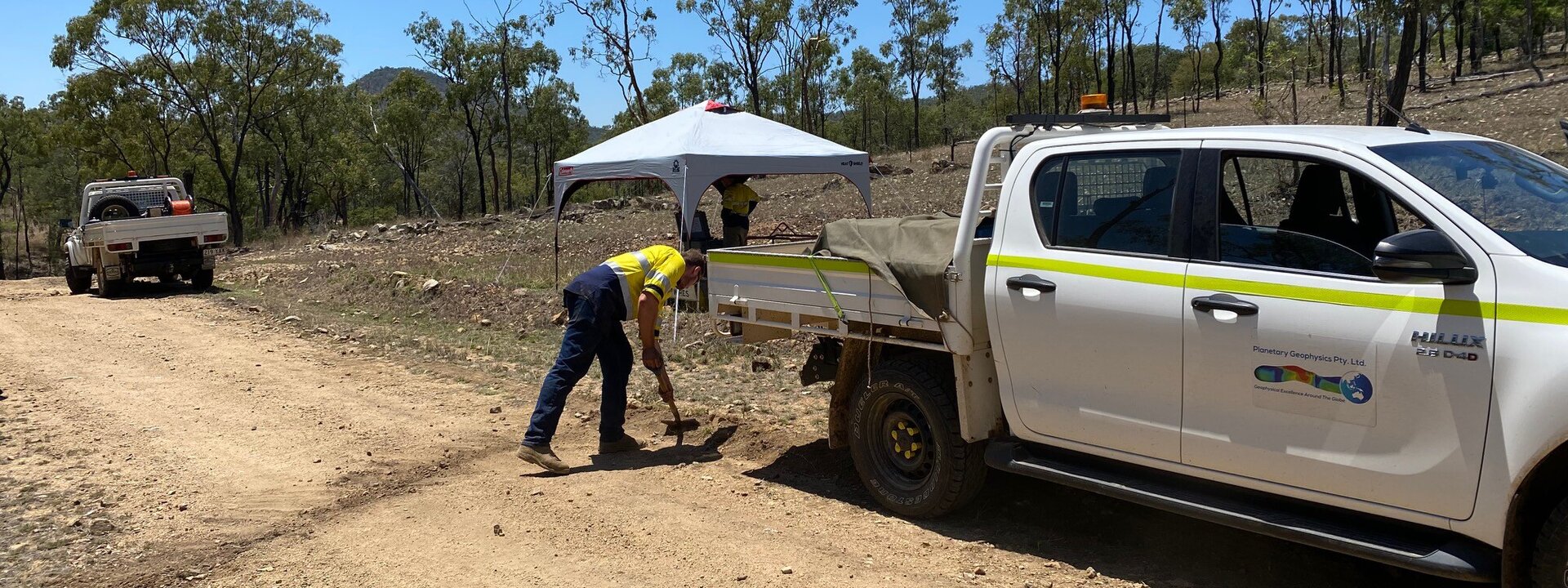MT SHAMROCK
22,000oz Au historic production
•Triassic felsite (aplite) and diorite dykes appear to drive mineralisation, sit peripheral to edges of larger intrusive
•Limited multielement geochem in QLD Minocc data shows metal zonation
•Historic soil samples report high Bi and Te levels in mineralised samples
•Shamrock is likely a large scale intrusion related mineral system, live with gold

PARADISE
11,500oz Au historic production
•2.7km x 1.3km size historic goldfield mined in the late 1800’s and again in the 1950’s
•Gold hosted by quartz veins in black shales, associated with felsic porphyry dykes
•Close correlation between gold grades in soils and proximity to feldspar porphyry dykes
•Mineralising fluids appear to have leaked out of dykes to form quartz veins in surrounding black shales
•1.1 x 1km size 50ppb Au soil anomaly identified

GEBANGLE
IRG Breccia System
•Several zones of mineralised brecciation and skarn centred around a mineralised porphyry intrusive
•Magnetite-chlorite skarn in the northern area possibly similar to the Biggeneden Bi mine
•Metana drilling in the 1980’s intercepted 3m @ 25.4g/ton Au from 33m, associated with strongly phyllic altered diorite. Equigold drilling in 2000 (CR32423) only assayed for Au-Cu-Ag but include 28m at 0.1% Cu, 2.2ppm Ag; 2m at 3.7g/ton Au, several other intercepts of 2m @ 0.5-1g/ton Au

CHOWEY
Mineralised ‘sweat’ veins
•Straddles the edge of a large granite intrusive, like the Mt Steadman Goldfield (outside EPM)
•Consists of <1.5m wide quartz veins with minimal alteration halo
•Veins up to 250m strike length and unknown vertical extent
•Chowey granite possibly represents a parent intrusive to the Gebangle phases of porphyry on it’s northern edge, which may be more fractionated and more prospective

